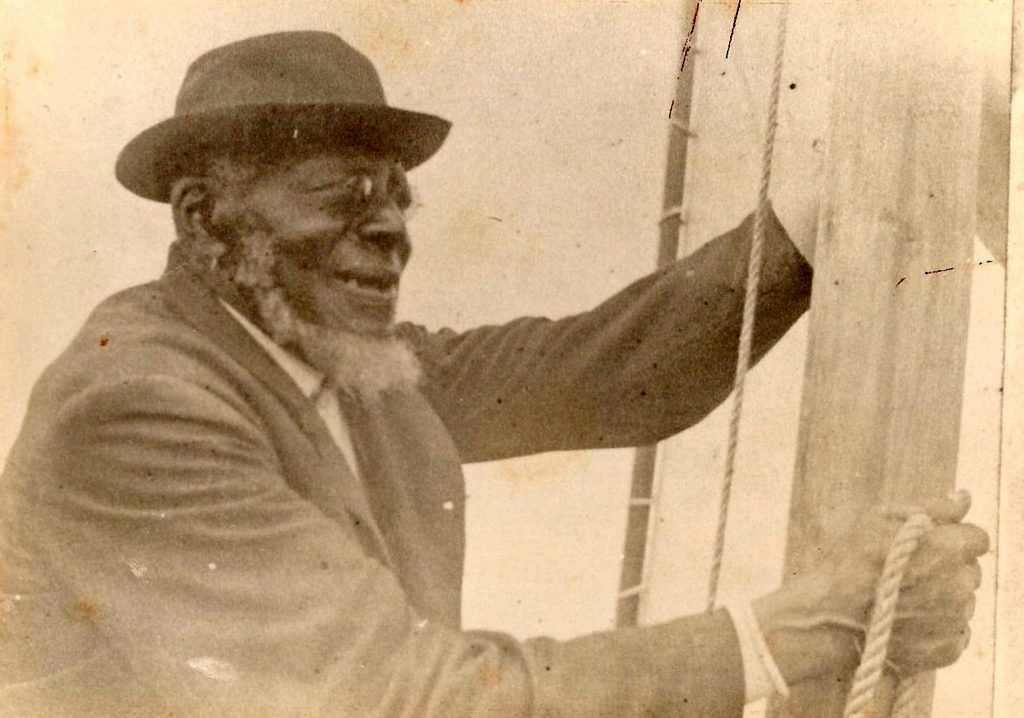
Tuesday, May 12
Reading the obits for Little Richard makes me reflect on Trump, believe it or not. Like Mr. MAGA, Little Richard was full of braggadocio: He apparently once told talk-show host Arsenio Hall “I’m not conceited, I’m convinced!” It was far from the only sort of over-the-top behavior for Richard Wayne Penniman, but it’s a blustering style that has appeared again and again among show-biz figures, from wrestler Gorgeous George to Muhammad Ali and on to our orange-topped leader.
Yes, Trump is forever proclaiming that he’s the greatest, the smartest, the whatever-est. But very quickly, you sense the insecurity behind the bragging—he doesn’t buy it himself. That’s why Trump has to surround himself with yes-men and cannot abide the presence of any real expertise: Someone like Fauci immediately demonstrates what true knowledge and insight are about, exposing Trump to the bright light that kills not only coronaviruses but also phonies.
Back to history: As for East Hampton’s African Americans, until recent times there were only a few, beginning in the late 17th century. A 1687 census lists 25 “slaves” and says that just under 5% of the town’s population was African American. One landowner’s will lists two slaves—valued at £58 and mentioned just after the listing of his 100 sheep, which were valued at £25. Historian T.H. Breen speculates that the blacks were domestic servants, possibly brought here from New York City.
Other records suggest that there was an African-American community on the north side of East Hampton. But I haven’t been able to find out much about that.
There were black whalers living in Sag Harbor, including Pyrrhus Concer, who was born in 1814, worked on whale boats, and later ran a ferry on Lake Agawam. Nearby Shelter Island was largely occupied by the 8,000-acre Sylvester Manor, which up until 1820 was one of the largest slaveholding sites on Long Island. There’s also a slave burying ground there that includes over 200 unmarked graves.
And in the 20th century, there have been several predominantly black neighborhoods in Sag Harbor. Such neighborhoods as Azurest, Ninevah Beach, and Sag Harbor Hills were largely populated by well-to-do African Americans, including Harry Belafonte, Lena Horne, Duke Ellington, and more recently, restaurateur B. Smith.
Other Southampton sites notable in African-American history include the St. David’s AME Zion church and the fledgling Southampton African-American history museum. The museum is the former Randy’s Barbershop located on North Sea Road, which for many years served as an African American gathering place.
Tonight’s dinner: lentil soup with frankfurters and a green salad.
Entertainment: episodes of the Finnish policier Bordertown and one of The Twilight Zone.
